In this post, we will be delving into the vibrant life of coneflowers, also known scientifically as Echinacea. These perennial plants, native to the eastern and central North America, have not only graced gardens with their vibrant hues but have also been a subject of interest due to their medicinal properties.
Coneflowers are perennial plants renowned for their longevity and resilience. In optimal conditions, these vibrant flowers can grace your garden for many years. In the wild, they have been known to thrive for up to 40 years. However, in domestic gardens, their lifespan is generally around 3-4 years, but with proper care, it can extend to over a decade. It is recommended to divide the plants every 3-4 years to encourage vitality and prolong their lifespan. This practice not only helps in maintaining the health of the plant but also allows garden enthusiasts to enjoy their vibrant blooms for many seasons.
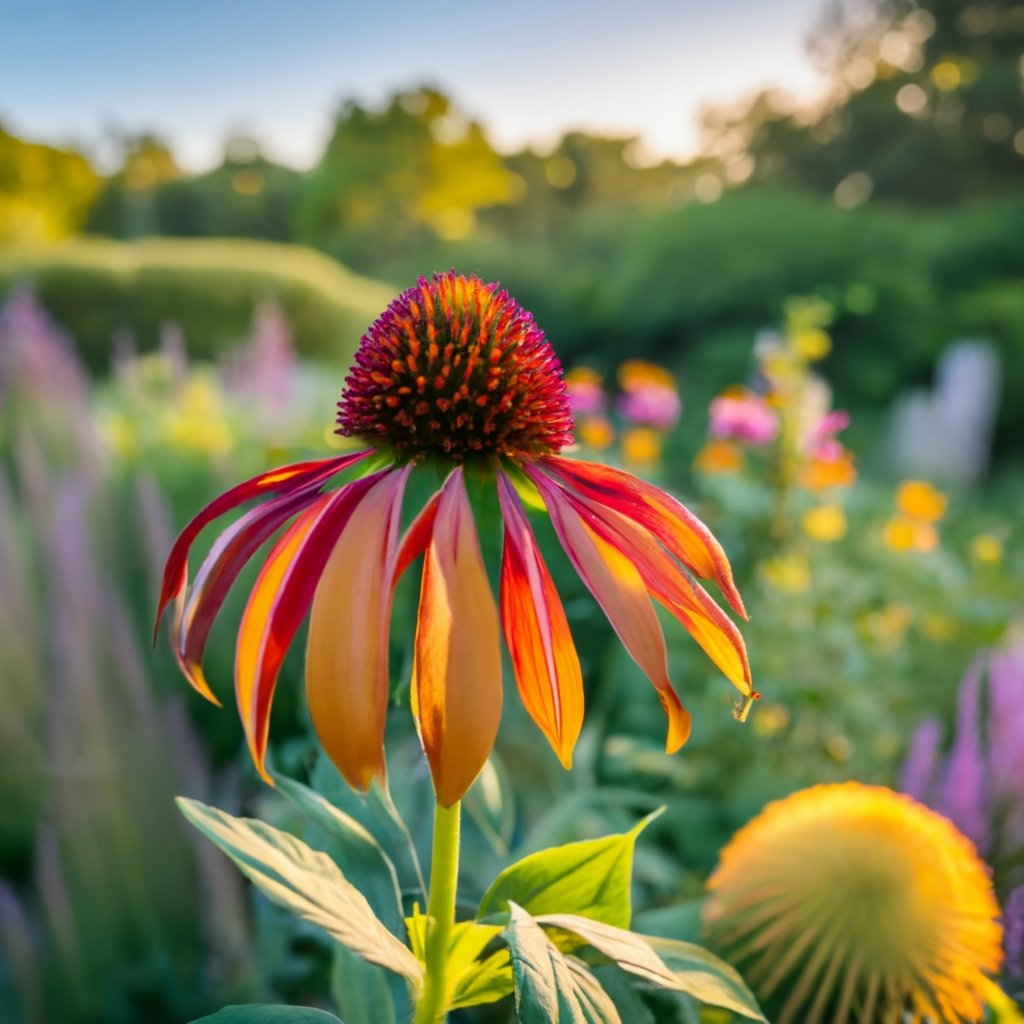
Introduction to Coneflowers (Echinacea)
Before we venture further, let’s take a moment to appreciate the beauty and versatility of coneflowers. These flowering plants belong to the daisy family and are known for their large, showy heads that come in a variety of colors, including purple, pink, and yellow. Here are some interesting facts about them:
- They thrive in USDA zones 3-9, enjoying a wide range of climates.
- Their height can range from 1.5 to 5 feet (0.45 to 1.52 meters), depending on the variety.
- Coneflowers are drought-tolerant, making them a great choice for sustainable gardening.
- They attract pollinators like bees and butterflies, promoting a healthy ecosystem in your garden.
🌸 Coneflower Care: Coneflowers prefer full sun but can tolerate a bit of shade. Ensure they get at least 6 hours of sunlight for a vibrant bloom. 🌸
The Lifespan of Coneflowers
Embarking on a journey with coneflowers in your garden is akin to nurturing a living piece of art. These vibrant beauties, with their remarkable resilience and adaptability, can grace your garden for many years if nurtured correctly. In this section, we will explore the lifespan of coneflowers in various conditions and share tips to extend their vitality, ensuring a garden that blooms with life and color season after season.
How Long Do Coneflowers Live in Different Conditions
Coneflowers exhibit different lifespans depending on their environment. Let’s delve into the nuances of their lifespan in the wild compared to cultivated gardens, and the factors that influence their longevity.
In the Wild vs. In Gardens
In the wild, coneflowers have been known to thrive for up to 40 years, a testament to their hardy nature. These perennial plants have adapted to withstand various natural conditions, making them a resilient choice for any garden. In cultivated gardens, their lifespan tends to be shorter, averaging around 3-4 years. However, with proper care and maintenance, garden enthusiasts can enjoy their vibrant blooms for up to a decade or more.
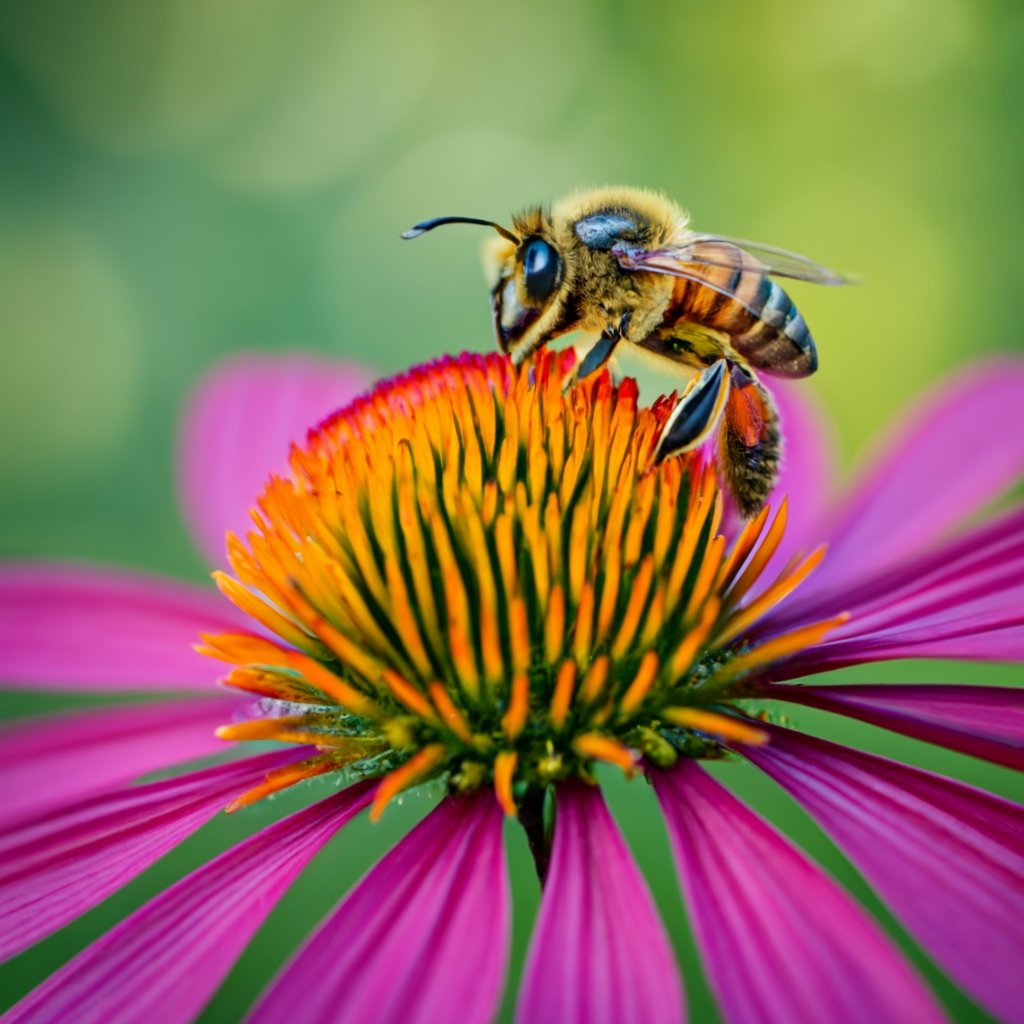
Factors Affecting Their Lifespan
- Soil Quality: Coneflowers prefer well-draining soil rich in organic matter.
- Watering Habits: While drought-tolerant, they thrive best with regular watering, especially during dry spells.
- Sunlight: These plants flourish in full sun, requiring at least 6-8 hours of sunlight daily.
- Pest and Disease Management: Protecting coneflowers from pests and diseases is vital to ensure a long and healthy life.
🌸 Coneflower Care: To foster a vibrant garden, rotate your coneflower beds every few years to prevent soil depletion and disease buildup. 🌸
Tips for Extending the Lifespan of Coneflowers
With a bit of love and attention, you can significantly extend the lifespan of your coneflowers. Here, we share some expert tips on proper care and maintenance, including the beneficial practice of dividing the plants every four years.
Proper Care and Maintenance
Ensuring the well-being of your coneflowers involves a few key practices:
- Regular watering, particularly during dry periods.
- Applying a balanced fertilizer in the spring to encourage healthy growth.
- Deadheading spent blooms to promote new growth and maintain a neat appearance.
- Protecting the plants from harsh winter conditions to prevent damage and disease.
Dividing the Plants Every Four Years
Dividing coneflowers every 3-4 years is a wonderful practice to rejuvenate the plants and encourage vibrant, healthy growth. This process not only helps in maintaining the vitality of the plants but also allows you to propagate new coneflower plants to expand your garden or share with fellow gardening enthusiasts.
🌸 Coneflower Care: When dividing coneflowers, choose a cool, cloudy day to prevent stress and dehydration to the plants. 🌸
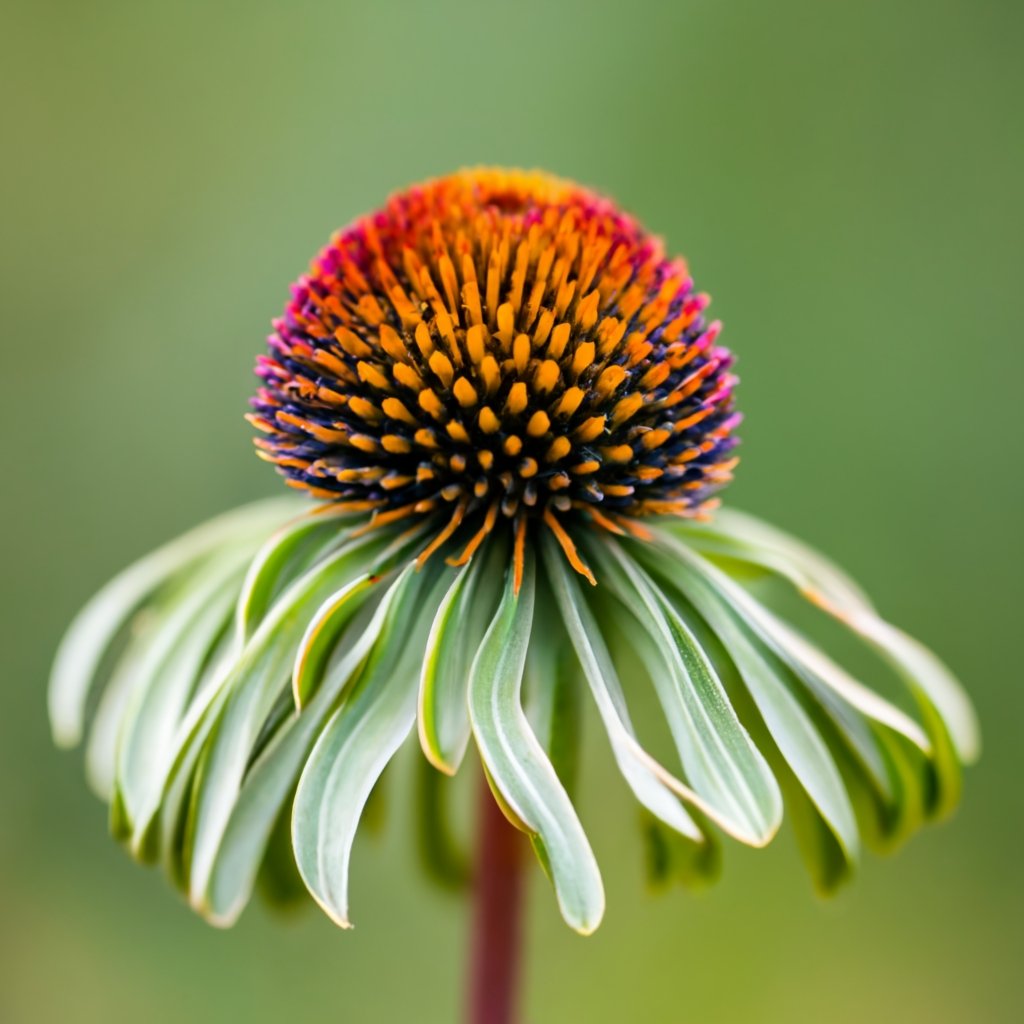
Growing and Caring for Coneflowers
Delving into the world of coneflowers is a rewarding experience, offering a vibrant display of colors and benefits for your garden. In this section, we will guide you through the essential steps of planting coneflowers and introduce you to various popular varieties, along with their unique characteristics.
Planting Coneflowers: A Step-by-Step Guide
Planting coneflowers is a straightforward process that promises a beautiful payoff. Let’s explore the optimal time for planting and the necessary soil conditions and sunlight requirements to ensure a thriving garden.
Best Time to Plant
The ideal time to plant coneflowers is during the spring or early fall. This timing allows the plants to establish their roots before the extreme temperatures of summer or winter set in. Here are some tips to consider:
- Spring Planting: Ensure the last frost has passed to prevent any potential damage to the new plants.
- Fall Planting: Plant at least 4 weeks before the first hard frost to give the plants ample time to establish roots.
Soil Conditions and Sunlight Requirements
Coneflowers thrive in well-draining soil rich in organic matter. They prefer a soil pH of 6.0 to 7.0. When it comes to sunlight, these plants require a minimum of 6-8 hours of full sun daily. Here are some additional tips:
- Soil Preparation: Incorporate compost or well-rotted manure to enrich the soil before planting.
- Sunlight: Choose a spot in your garden that receives ample sunlight to ensure healthy growth.
🌸 Coneflower Care: Mulching around the base of the plants helps retain moisture and prevent weeds. 🌸
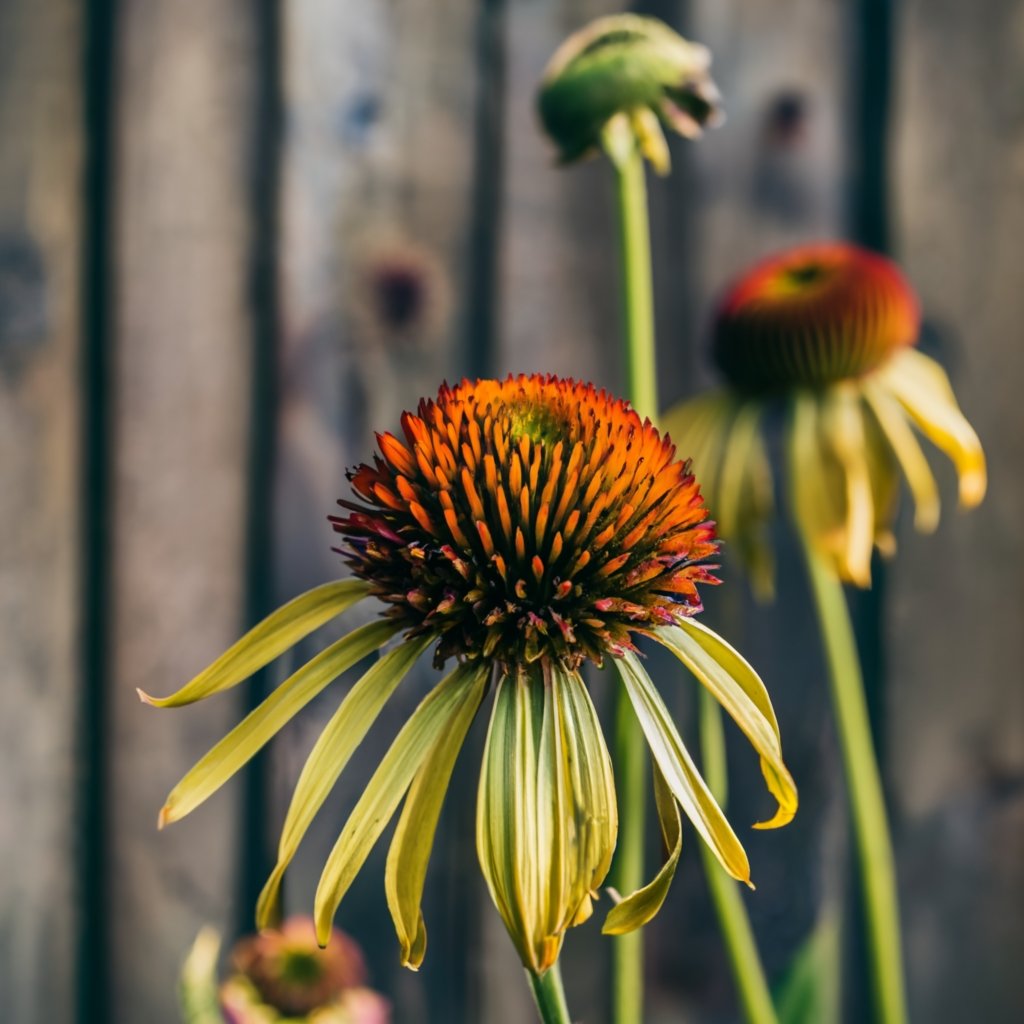
Coneflower Varieties and Their Characteristics
Coneflowers come in a variety of hues and forms, each bringing a unique charm to your garden. In this subsection, we will explore the popular purple coneflower and other varieties, along with the benefits of growing these delightful plants.
Purple Coneflower and Other Popular Varieties
The purple coneflower is a classic choice, known for its vibrant hue and hardy nature. Other popular varieties include:
- White Swan: A variety with pure white petals and a golden center.
- Yellow Coneflower: Offers a bright splash of yellow to your garden.
- Red Coneflower: Adds a bold touch with its deep red petals.
Benefits of Growing Coneflowers
Coneflowers are not only a visual delight but also bring several benefits to your garden, including:
- Attracting Pollinators: Coneflowers are known to attract butterflies and bees, promoting pollination in your garden.
- Medicinal Properties: The roots of coneflowers have been used in traditional medicine for their immune-boosting properties.
- Low Maintenance: These plants are relatively easy to care for, making them a great choice for both novice and experienced gardeners.
🌸 Coneflower Care Plant different varieties of coneflowers together to create a vibrant and diverse display in your garden. 🌸
Frequently Asked Questions
In this section, we address some of the most frequently asked questions about coneflowers. These answers are designed to provide you with a deeper understanding and appreciation of these vibrant plants.
Q: Can coneflowers thrive in containers?
A: Yes, with proper soil and regular watering.
Q: Are coneflowers deer resistant?
A: Yes, they are generally deer-resistant.
Q: Are coneflowers edible?
A: Yes, their petals are edible and used in salads.
Q: Do coneflowers have medicinal properties?
A: Yes, they are used in herbal remedies for immune support.
Q: Can coneflowers tolerate drought?
A: Yes, mature plants have good drought tolerance.
Q: What is the best time to divide coneflower plants?
A: Early spring or fall is ideal for dividing them.
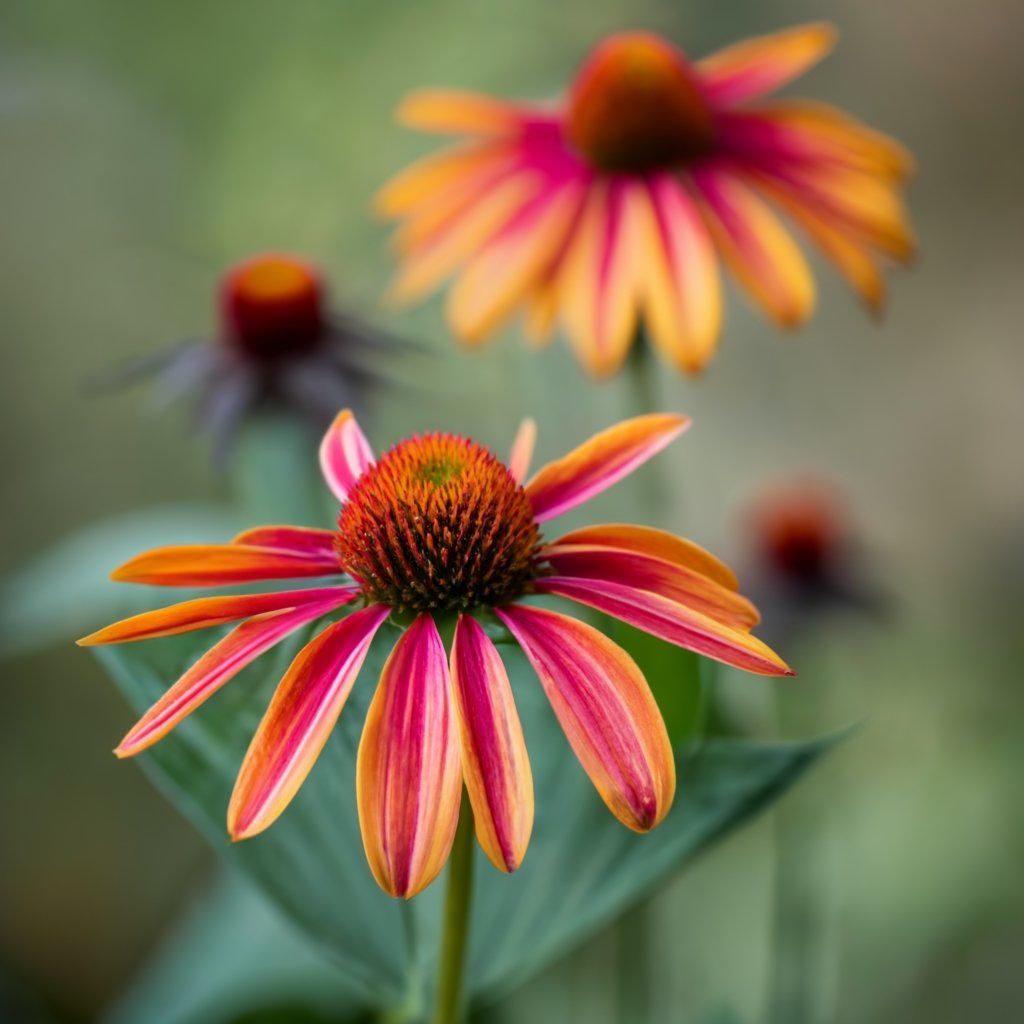
Conclusion
As we wrap up this enriching journey through the world of coneflowers, we hope you are brimming with enthusiasm to initiate your own gardening adventure with these vibrant plants. Here’s a quick recap of the vital insights we’ve shared:
- The lifespan of coneflowers and factors influencing it
- Guidelines for planting and nurturing coneflowers
- Various coneflower varieties and their unique characteristics
- Expert tips to enhance the longevity of your coneflowers
🌸 Coneflower Care: Remember, patience and consistent care are your best allies in fostering a thriving coneflower garden. 🌸
We sincerely hope that this guide serves as a valuable resource in your gardening endeavors. As you venture into the delightful world of coneflowers, may your garden flourish with vibrant hues and fragrant blossoms, bringing joy and serenity to your outdoor space.
Feel free to revisit this guide as you nurture your coneflower garden, and don’t hesitate to share your experiences and insights with the community. Happy gardening!
